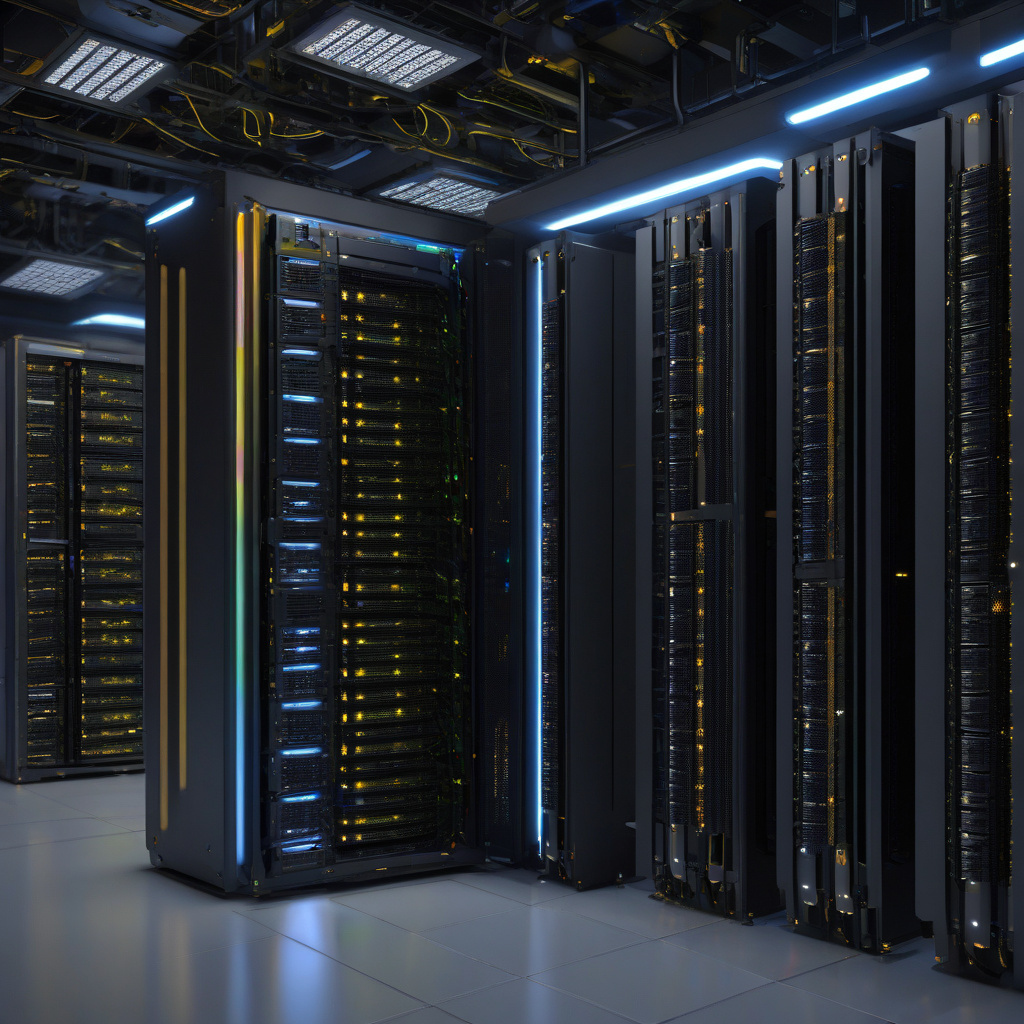Unlocking the Power of GPU Nodes in Amazon EKS
When it comes to running GPU workloads on Amazon EKS, the process involves a few essential steps to ensure the seamless integration of GPU nodes into your cluster. By configuring GPU-enabled nodes, installing the necessary drivers, and optimizing scheduling, you can harness the full potential of your Amazon EKS environment. Let’s delve into the key steps required to set up GPU nodes in your EKS cluster efficiently.
Creating an Amazon EKS Cluster
The first step in leveraging GPU nodes within Amazon EKS is to create your EKS cluster. To do this, you can utilize tools like `eksctl` for a streamlined setup process. By following the guidelines provided by Amazon Web Services, you can establish your EKS cluster without worker nodes, laying the foundation for integrating GPU capabilities seamlessly.
Configuring GPU-Enabled Nodes
Once your EKS cluster is up and running, the next crucial step is to configure GPU-enabled nodes within the cluster. This involves selecting instances that support GPU usage, such as the P3 or G4 instance types offered by AWS. By choosing the appropriate instance type, you can ensure that your GPU workloads have access to the necessary hardware resources for optimal performance.
Installing GPU Drivers
After selecting the right instance type, the next task is to install the essential GPU drivers on your nodes. NVIDIA GPU drivers are commonly used for GPU-accelerated workloads and can be easily installed on Amazon EKS. By following the installation instructions provided by NVIDIA, you can equip your GPU nodes with the required drivers to support your workload requirements effectively.
Optimizing Scheduling for GPU Workloads
To maximize the efficiency of your GPU nodes in Amazon EKS, it’s essential to optimize task scheduling to make the most of your hardware resources. By utilizing Kubernetes features like node selectors, taints, and tolerations, you can ensure that GPU-intensive workloads are scheduled on the appropriate nodes with GPU capabilities. This strategic approach helps in balancing workload distribution and maximizing performance across your EKS cluster.
Testing and Validation
Once you have configured GPU nodes, installed drivers, and optimized scheduling, it’s crucial to conduct thorough testing and validation to ensure everything is functioning as expected. Running sample GPU workloads, monitoring performance metrics, and troubleshooting any potential issues are essential steps in validating the successful integration of GPU nodes into your Amazon EKS environment.
Conclusion
In conclusion, leveraging GPU nodes in Amazon EKS can significantly enhance the performance and scalability of your containerized workloads. By following these key steps – from creating your EKS cluster to configuring GPU-enabled nodes, installing drivers, optimizing scheduling, and conducting thorough testing – you can unlock the full potential of GPU-accelerated computing within your Amazon EKS environment. Embrace the power of GPU nodes to take your containerized workloads to the next level in terms of speed, efficiency, and performance.

